#marine history
Text
In his 1956 book The Marlinspike Sailor, marine illustrator Hervey Garrett Smith wrote that rope is “probably the most remarkable product known to mankind.” On its own, a stray thread cannot accomplish much. But when several fibers are twisted into yarn, and yarn into strands, and strands into string or rope, a once feeble thing becomes both strong and flexible—a hybrid material of limitless possibility. A string can cut, choke, and trip; it can also link, bandage, and reel. String makes it possible to sew, to shoot an arrow, to strum a chord. It’s difficult to think of an aspect of human culture that is not laced through with some form of string or rope; it has helped us develop shelter, clothing, agriculture, weaponry, art, mathematics, and oral hygiene. Without string, our ancestors could not have domesticated horses and cattle or efficiently plowed the earth to grow crops. If not for rope, the great stone monuments of the world—Stonehenge, the Pyramids at Giza, the moai of Easter Island—would still be recumbent. In a fiberless world, the age of naval exploration would never have happened; early light bulbs would have lacked suitable filaments; the pendulum would never have inspired advances in physics and timekeeping; and there would be no Golden Gate Bridge, no tennis shoes, no Beethoven’s fifth symphony.
“Everybody knows about fire and the wheel, but string is one of the most powerful tools and really the most overlooked,” says Saskia Wolsak, an ethnobotanist at the University of British Columbia who recently began a PhD on the cultural history of string. “It’s relatively invisible until you start looking for it. Then you see it everywhere.”
— The Long, Knotty, World-Spanning Story of String
#ferris jahr#the long knotty world-spanning story of string#history#prehistory#marine history#naval history#textiles#clothing#agriculture#architecture#sculpture#botany#ethnobotany#stonehenge#giza pyramid complex#moai#hervey garrett smith#saskia wolsak#string#rope
3K notes
·
View notes
Text
i’m gonna post again i miss tumblr… i have lots of knowledge of lighthouses now



the lighthouse, it’s fresnel light, and where it sat. trying to figure out who built it.
#lighthouse#history#marine history#fresnel lens#lighthouse keeper#nautical#local history#haunted california#david lynch#dollcore#lesbian#cinnamon girl
0 notes
Text


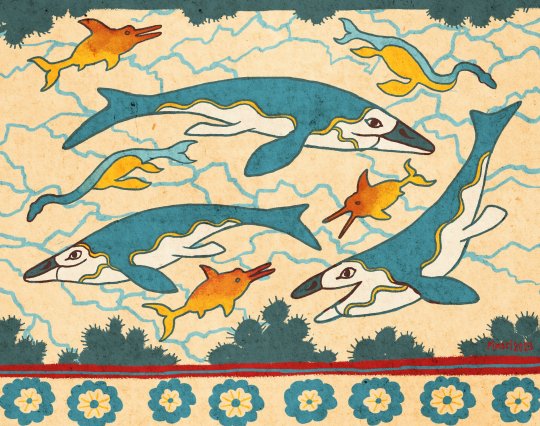

Paleo art inspired by Minoan frescoes
#pimsriart#pimsriart2023#paleoart#paleo art#paleontology#dinosaur#marine reptile#animal#minoan#minoan frescoes#frescoes#art history#ancient greece#triceratops#lambeosaurus#microraptor#mosasaurid
14K notes
·
View notes
Text


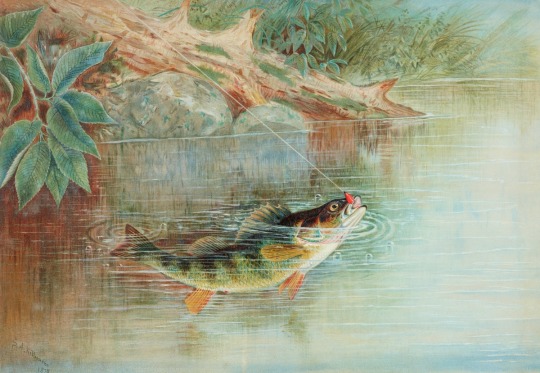
Samuel Kilbourne (American, 1836–1881)
"The California Salmon" (ca. 1879)
"Leaping Brook Trout" (1874)
"Yellow Perch" (1878)
#Samuel Kilbourne#art#american art#print#chromolithography#chromolithograph#lithography#lithograph#illustration#illustrations#animals in art#fish#marine life#marine art#aquatic life#aquatic art#sea life#19th century art#19th century#art history
1K notes
·
View notes
Text

Cephalopod lovers, meet the stubby bobtail (Rossia pacifica)! With a mantle length of only up to 2 in (5 cm), this tiny critter typically spends its days buried beneath the sand, emerging at night to feed. Shrimp comprise nearly 80% of this species’ diet, but it also preys on small fishes and even other cephalopods. It can be found in coastal waters from Japan to California.
Photo: kcram, CC BY-NC 4.0, iNaturalist
#science#nature#natural history#animals#cephalopods#stubby#ocean life#marine biology#did you know#fact of the day#cool animals#fish#squid
1K notes
·
View notes
Text
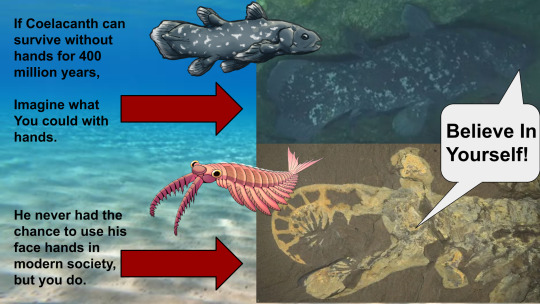
#shitpost#random#idk lol#funny#lol#humor#funny memes#meme#marine biology#marine life#anomalocaris#coelacanth#fish#ocean#natural history#fossils
669 notes
·
View notes
Text

Alexandre-Isidore Leroy de Barde A Selection of Shells Arranged on Shelves. 1803. Gouache and watercolor: 125 × 90 cm (49 × 35 in).
#natural history#art#naturecore#ocean#science#shells#beauty#19th century#watercolor#1800s#life#nature#art history#beach#decoration#sea#marine biology#alexandre isidore leroy de barde#academia#history#🎨 📚
2K notes
·
View notes
Note
I heard that sharks and rays are super closely related. Are skates an approximate bridging “group” between them? Or are they outside of both groups
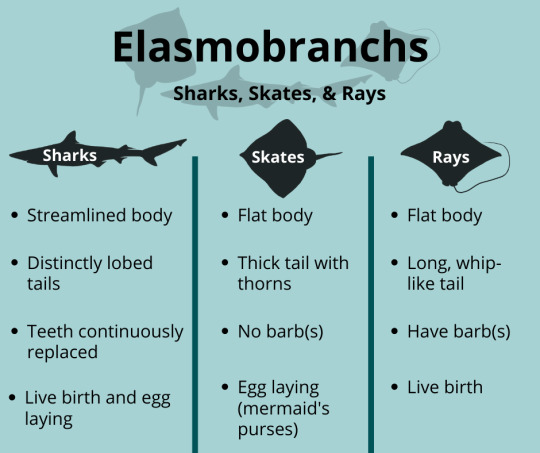
They are all really closely related- there in all the same class known as Chondrichthyes, or cartilaginous fish. Sharks evolved first, approximately 350 million years ago during the Carboniferous period. Skates and ray came around at approximately the same time as each other 150 million years ago during the Jurassic period.
So skates aren't really a "bridging group", they're actually most closely related to rays!
#marine biology#marine ecology#animals#science#biology#animal facts#wildlife#marine life#ocean#fun facts#shark#sharks#rays#sting rays#skates#evolution#zoology#fossils#natural history#jurassic period#carboniferous#sea life#sea creatures#marine animals#fish#chondrichthyes
592 notes
·
View notes
Text

Glittering Sea (#1 from the series Seto Inland Sea), Yoshida Hiroshi, 1926
#art#art history#Asian art#Japan#Japanese art#East Asia#East Asian art#shin-hanga#woodblock print#oban tate-e#Yoshida Hiroshi#Hiroshi Yoshida#seascape#marine art#20th century art
528 notes
·
View notes
Text

US Marines pose with their War Dogs - Bougainville, Solomon Islands 1943
#world war two#ww2#worldwar2photos#history#1940s#ww2 history#wwii#world war 2#ww2history#wwii era#solomon islands#bougainvillea#Bougainville#war in the pacific#pacific war#pacific#dog handler#us marines#ww2 colour photos
516 notes
·
View notes
Text

U.S. Marines from the 24th Marine Regiment, take cover and a break as a Sherman tank named "Bed Bug" rolls pass their position, during the Battle of Iwo Jima, March 1945.
(Official USMC photo)
329 notes
·
View notes
Text

Hi, I’m new here. Here’s a little ship with some tall icebergs.
#the terror#the rime of the ancient mariner#polar exploration#polar history#age of sail#maritime#sailing
383 notes
·
View notes
Text

Illustration for "The Rime of the Ancient Mariner" – Gustave Doré // The Tortured Poets Department (The Albatross Variant) – Taylor Swift
#re: my shitpost from earlier today lmao#i couldn't help myself#taylor swift eras (art history version)#the albatross#albatross#the tortured poets department#ts ttpd#ttpd#taylor swift#ttpd taylor swift#taylor swift ttpd#rime of the ancient mariner#samuel taylor coleridge#gustave doré#art#art history
212 notes
·
View notes
Text




Samuel Kilbourne (American, 1836–1881)
"Spanish Mackerel" (1878)
"Northern Red Snapper"
"Atlantic Salmon" (1878)
"Arctic Grayling" (1880)
#Samuel Kilbourne#art#american art#print#chromolithography#chromolithograph#lithography#lithograph#illustration#illustrations#animals in art#fish#marine life#marine art#aquatic life#aquatic art#sea life#19th century art#19th century#art history
687 notes
·
View notes
Text
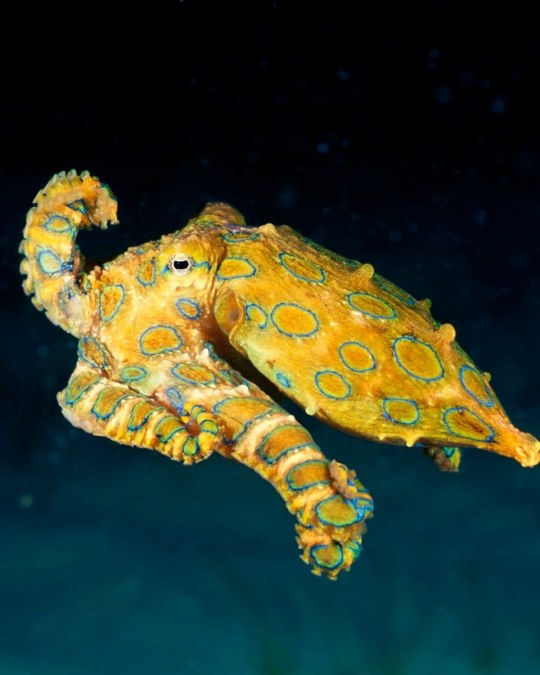
Did you know? Blue-ringed octopuses (members of the genus Hapalochlaena) are among the world’s deadliest cephalopods. Found in coral reefs in the Indian and Pacific oceans, these critters typically measure less than 8 in (20.3 cm) long. But, they pack a venomous bite that is potent enough to instantly paralyze, and even kill, a human being.
Photo: Angell Williams, CC BY 2.0, flickr
#science#nature#natural history#animals#fact of the day#did you know#octopus#blue ringed octopus#ocean life#marine biology#coral reef#cephalopods
706 notes
·
View notes
Text
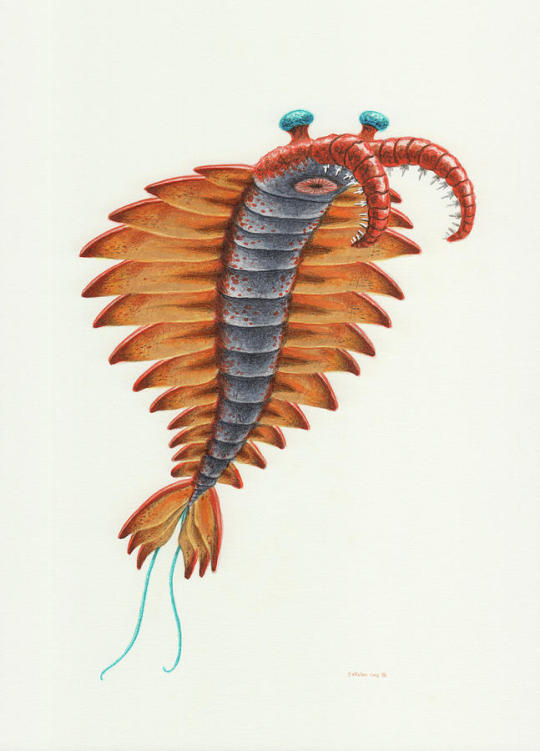
This is litteraly me not that you care or anything
187 notes
·
View notes